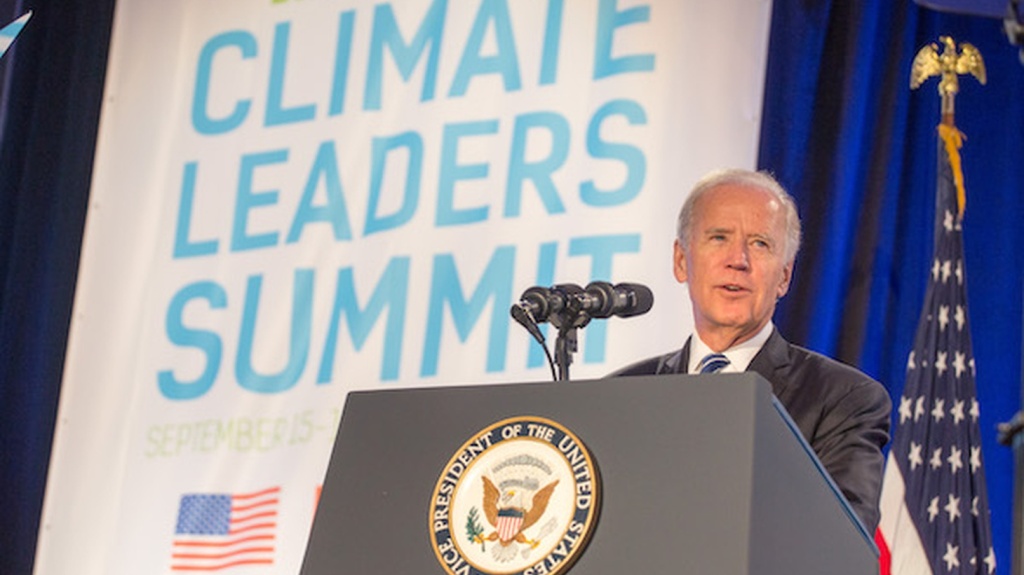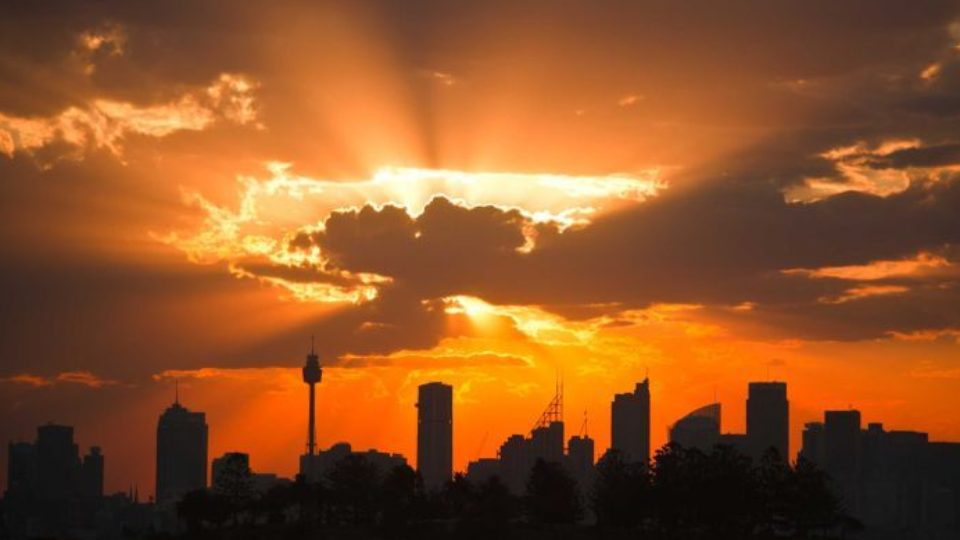When Donald Trump became president of the United States, he promised to prioritize corporations, businesses and jobs over the environment and public health. In many ways, he succeeded. Donald Trump came into office as a climate denier. When he took office, he almost immediately pulled the US out of the Paris Climate Agreement. Without the US pushing countries for more action on climate, Trump cost the planet four years of progress on climate and energy.
It was always expected that Joe Biden’s election would be a massive shot in the arm for international climate action. Hopes were not disappointed when, soon after his election, Biden invited 40 world leaders to a virtual climate change summit coinciding with Earth Day. China’s Xi Jinping and even Vladimir Putin attended, despite their divisions.
At the summit, the US’s leadership was marked by its headline pledge to reduce 2005 emissions by up to 52 per cent by 2030. Canada increased its commitment to a 40% to 50% cut from 2005 emissions by 2030. Even Brazil pledged climate neutrality by 2050.

Mr. Biden said the US couldn’t act alone and called for all countries to act at a moment of peril, but a moment of opportunity. “No nation can solve this crisis on our own, as I know you all fully understand,” he said. “All of us, all of us and particularly those of us who represent the world’s largest economies, we have to step up.”
Our country, however, continues to bury its head in the sand, despite the fact that Australia remains dangerously at risk of the economic and environmental consequences that will come from the climate crisis rushing towards us.
Australian Prime Minister, Scott Morrison, addressed the global climate summit without committing Australia to more ambitious emissions targets. In a short speech, the start of which was impacted by audio issues, Mr. Morrison said Australia would “update our long term emissions reduction strategy” later in the year. But he again avoided putting a timeframe on the nation’s ‘pathway to net-zero” or pledge deeper emissions cuts by 2030.
“Our goal is to get there as soon as we possibly can, through technology that enables and transforms our industries, not taxes that eliminate them, and the jobs and livelihoods they support and create, especially in our regions,” he said. “For Australia, it is not a question of if, or even by when for net-zero, but importantly how.”
Mr. Morrison insisted Australia was on its way to meeting its Paris commitments, plugged the nation’s world-leading rooftop solar uptake, and pushed a technology- and industry-led approach to combating climate change. He specifically name-checked major mining companies and billionaire Andrew Forrest.
“In Australia, our journey to net-zero is being led by world-class pioneering Australian companies like Fotescue, led by Dr. Andrew Forrest, Visy, BHP, Rio Tinto, AGL and so many more of all sizes,” he said. “It has also been pioneered by agricultural and marine sectors through soil science and sustainable fisheries.”
Mr. Morrison spoke of wanting to produce the “cheapest clean hydrogen in the world” for $2/kg before directly addressing Mr. Biden to compare Silicon Valley with Australia’s planned “hydrogen valleys.”
Senior Biden administration officials said Australia could not rely solely on technology to get to net-zero emissions by 2050. “At the moment I think our colleagues in Australia recognize there is going to have to be a shift. It’s insufficient to follow the existing trajectory and hope that they will be on a course to deep decarbonisation and getting to net-zero emissions by mid-century.”
Earlier in that week, Mr. Morrison pledged more than $1 billion towards hubs for carbon capture and hydrogen technologies and a plan to drive foreign investment in Australian climate tech projects. “You can always be sure that the commitments Australia makes to reduce greenhouse gas emissions are bankable,” he said. “We have proven performance, transparent emissions accounting and transformative technology targets to unlock pathways to net-zero. Future generations, my colleagues and excellencies, will thank us not for what we have promised, but what we deliver. And on that score, Australia can always be relied upon.”
Prime minister Scott Morrison’s refusal to adopt both a firm timeline to reach net zero emissions and to increase its own interim 2030 target leaves us effectively isolated in the western world. It also goes against what we signed up to through the Paris agreement – which both our governments worked so hard to secure.
According to our independent Climate Change Authority (CCA) and the Australian Energy Market Operator (Aemo), not only should Australia be doing much more as “our fair share” towards global efforts to reduce emissions, but importantly we also now have the capacity to do more.
The reality is Australia’s current target, set in 2015, to reduce emissions by 26 to 28% on 2005 levels by 2030 is now woefully inadequate – and was always intended to be updated this year.
The national consensus for climate action in Australia has shifted markedly in recent years. Every state and territory government is now committed to net-zero emissions, so too are our peak industry, business and agriculture groups, as well as our national airline, and even our largest mining company.

So what keeps holding us back? The main thing holding back Australia’s climate ambition is politics: a toxic coalition of the Murdoch press, the right wing of the Liberal and National parties, and vested interests in the fossil fuel sector.
Sadly, instead of seizing this technological opportunity and embracing this newfound national consensus, the government remains hell-bent on a “gas-fired recovery” from Covid-19. Old coal plants still generate around 75% of Australia’s electricity. But these are being replaced by renewables plus storage because they are a cheaper form of generation than the alternatives on offer.
Gas has a role to play in the transition, but that role is to steadily diminish as renewables continue to grow. To bet big on the future role of gas is to bet against the best engineering and economic advice coming out of Aemo, and to ignore the scientific advice that more gas in the grid will simply lead to more emissions. The only long-term gas-fired future we should be planning is green hydrogen made by electrolysing water with renewable energy.
Scott Morrison may have tried to get away with showing up empty-handed to the summit, but will find it even more difficult to do so as a special guest of the British at the G7 leaders’ summit in June. We would be the only developed country in the room that is not committed to net-zero by 2050. And we will find it even harder again to show up empty-handed at the COP26 Climate Conference in Glasgow at the end of the year, given more than 100 countries in the world have pledged to increase their ambition.
There are also consequences for this inaction. As the rolling apocalypse of fires and floods in our country demonstrates, Australia is on the global frontline of this climate crisis. Last year’s wildfires claimed dozens of lives, destroyed thousands of homes, wiped out billions of animals, and cost billions of dollars.

Australians like to think we “punch above our weight” on the global stage. We certainly do when we come to climate change: we emit more than 40 other countries with larger populations, and our per capita emissions are the highest of any advanced economy. This is not a record we should be proud of at all.

